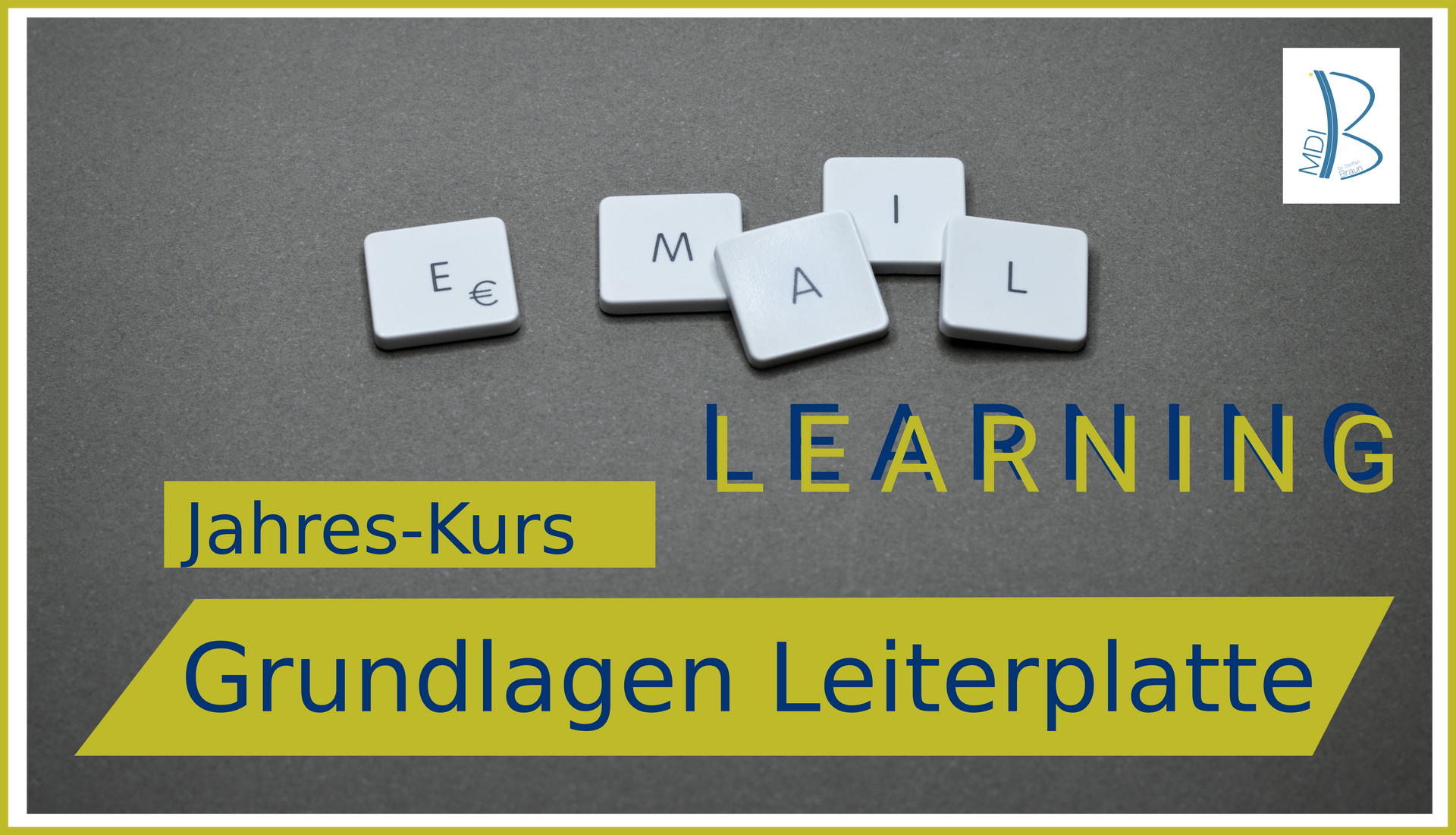Knowledge of flat assemblies specifically for electronics designers
I provide you with knowledge that covers both mechanical and electrical and electronic topics related to printed circuit boards.
“PCB BASICS”
from MDI
for your FURTHER EDUCATION:
COMPACT-Email-KuRS
- Compact content for 14 days Regularly in your email inbox with PDF to print out
ANNUAL EMAIL COURSE:
- Coordinated content for 365 daysRegularly in your email inboxWith system to become an expert
Option:
- with additional videos and PDF for printing
Option:
- Live webinars with Q&A for intensive deepening of knowledge
2-Tages-Seminar:
- Face-to-face event in a conference hotel Overview and in-depth understanding of the basics of the circuit board Practical relevance through sample structures Speaker: Steffen Braun Documentation: complete training documents (printout/pdf) and book "The Electronics Designer", Volume 1
BOOK
>>Guide for the innovative electronics designer<<
Volume 1: Basics and the circuit board
Flat assembly
In the area of electronics construction, a flat assembly is the printed circuit board and the assembly with electrical and electronic components.
The most commonly used variant of a printed circuit board consists of a base laminate and an electrically conductive copper layer. If several copper layers are required, they can be manufactured into a multilayer circuit board using pressing processes. This multi-layer structure can consist of up to 48 layers. Such a circuit board is either rigid or flexible.
On the one hand, the circuit board is the mechanical support for the electrical and electronic components. In addition, they are simultaneously electrically contacted with the etched copper track structures through soldering or pressing processes.
All electrical and electronic components must fit into the mechanical housing. For this reason, the work of a trained electronics designer is necessary.
Depending on the complexity of the device, he determines the circuit board contour and the mounting holes/options. The 3D height profile results in the design area of the PCB layout. He is also an expert for cooling surfaces, connection areas and cable outlets as well as display areas. He is also familiar with the operating interface and the mounting options on the customer application.
Electronics designer
A trained electronics designer ensures that the circuit board is attached correctly and is also protected from water, cleaning agents, dust, dirt, ESD shock and EMC interference. It also ensures that the electronics are sufficiently cooled and that no mechanical shock or vibration disturbs or even destroys them.
The other tasks of an electronics designer include ensuring that no person or animal can access the circuit board in electrically conductive areas. This prevents damage caused by electric shocks. This also prevents any other device from experiencing EMC interference.

Would you like to receive further information about printed circuit boards? I am here for you.








